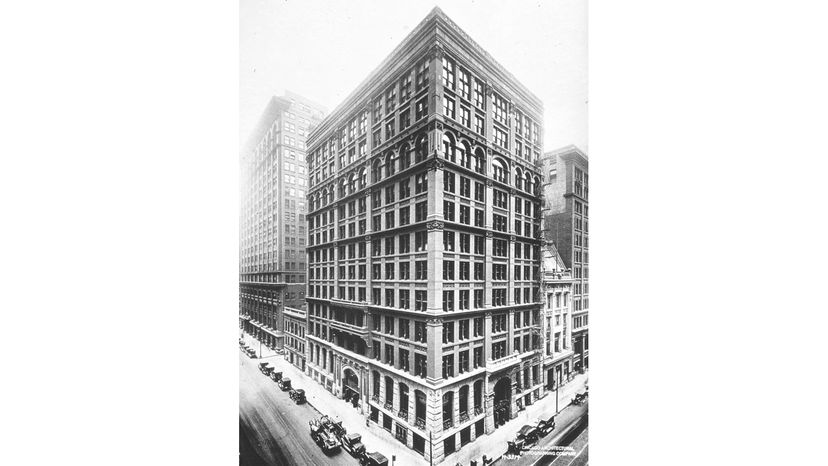The impact and significance of the first skyscraper transcend mere architectural milestones. Join me as we explore its far-reaching effects on urban planning, architecture, and the economy. From revitalizing cityscapes to transforming the way we live and work, this section uncovers the economic and social implications that the towering structures brought forth. We'll delve into its profound influence on urban planning and how it shaped the future of architectural design. Hang tight for an adventure in vertical marvels!
Economic and Social Implications
The first skyscraper had significant economic and social implications. Economically, skyscrapers allowed for denser use of urban land, maximizing the value of real estate. These tall buildings created more office or residential spaces, attracting businesses and residents to urban centers. This increased demand contributed to economic growth, creating more jobs and attracting more people to cities.
Socially, skyscrapers transformed the urban landscape and influenced how people interacted with their environment. They represented progress and prosperity, showcasing a city's economic power and innovation. Skyscrapers also provided solutions to urbanization challenges, offering housing and office space for a growing population. They became landmarks, shaping the identity of cities and fostering civic pride.
As cities embraced vertical growth, the skyline changed, and skyscrapers became a defining feature of modern cities worldwide. The economic and social implications of the first skyscraper paved the way for advancements in urban planning, architectural design, and construction technology.
Pro-tip: When considering the impacts of skyscrapers, it is important to examine both their positive effects on urban development and the challenges they pose, such as congestion and inequality.
Influence on Urban Planning and Architecture
The first skyscraper had a significant influence on both urban planning and architecture. When it comes to urban planning, the introduction of skyscrapers completely transformed how cities were organized. The vertical construction allowed for more efficient use of land, leading to denser urban areas and increased population capacity. This, in turn, had a direct impact on city zoning regulations, which started to prioritize vertical growth and the efficient utilization of space.
In terms of architecture, the first skyscraper revolutionized the entire field. Its construction required the development of new engineering techniques and materials, such as steel frames and reinforced concrete, to support its impressive height. This sparked a wave of inspiration among architects, encouraging them to explore new possibilities in design. As a result, modern architecture as we know it today emerged. Skyscrapers became symbolic of innovation, pushing for unique shapes, structures, and aesthetics.
Skyscrapers also had a profound impact on the aesthetics and visual identity of cities. They became iconic symbols of progress and development, prompting cities to engage in a "skyscraper race" to build the tallest and most impressive structures. These skyscrapers became defining features that shaped the character and identity of cities around the world, creating diverse and dynamic skylines.
Skyscrapers played a crucial role in shaping modern urban living. Thanks to their vertical nature, they promote the concept of mixed-use spaces, integrating residential, commercial, and recreational areas within the same building. This vertical city living concept has become prevalent in urban areas, offering convenience and accessibility to residents. Skyscrapers also contribute significantly to the social and economic vitality of cities by attracting tourists and fostering economic growth.
